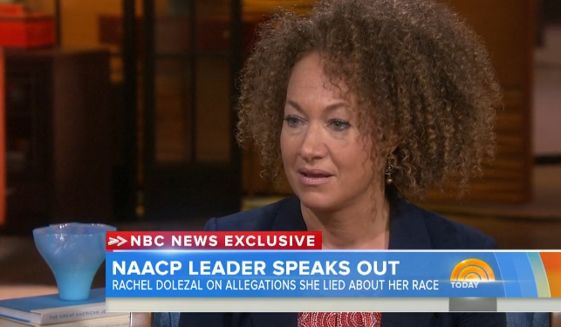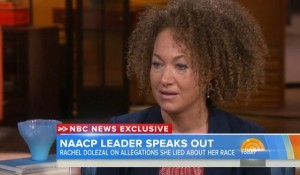Black Like Rachel

In a way, Rachel Dolezal is a living embodiment of racial progress.
In the 1961 book, Black Like Me, white journalist John Howard Griffin pretended to be black in order to show the indignities blacks endure.
This year, we learned that Rachel Dolezal pretended to be black in order to obtain affirmative action benefits. Writer Dan Flynn, my predecessor at Accuracy in Academia, summarizes the Dolezal story nicely: “Before re-emerging as an Africana studies adjunct professor, NAACP chapter leader, Historically Black College graduate, and all-around Nubian princess, Dolezal grew up as a blue-eyed blonde on the mean streets of Troy, Montana (pop. 938), home to two black people and so out of the way that it served as a zombie-free “New Community” for a “New America” in the book World War Z.”
Meanwhile, on the pages of The Chronicle Review, Carla Kaplan, a professor of American literature at Northeastern University, is still grappling with Dolezal’s biography and trying to determine its meaning: “What does it mean to identify across race lines and to claim a racial identity disconnected from background or biology? Why does so-called reverse passing (white to black) generate such extraordinary attention and controversy? The Rachel Dolezal case reveals a conundrum in race debates that remains unresolved.”





